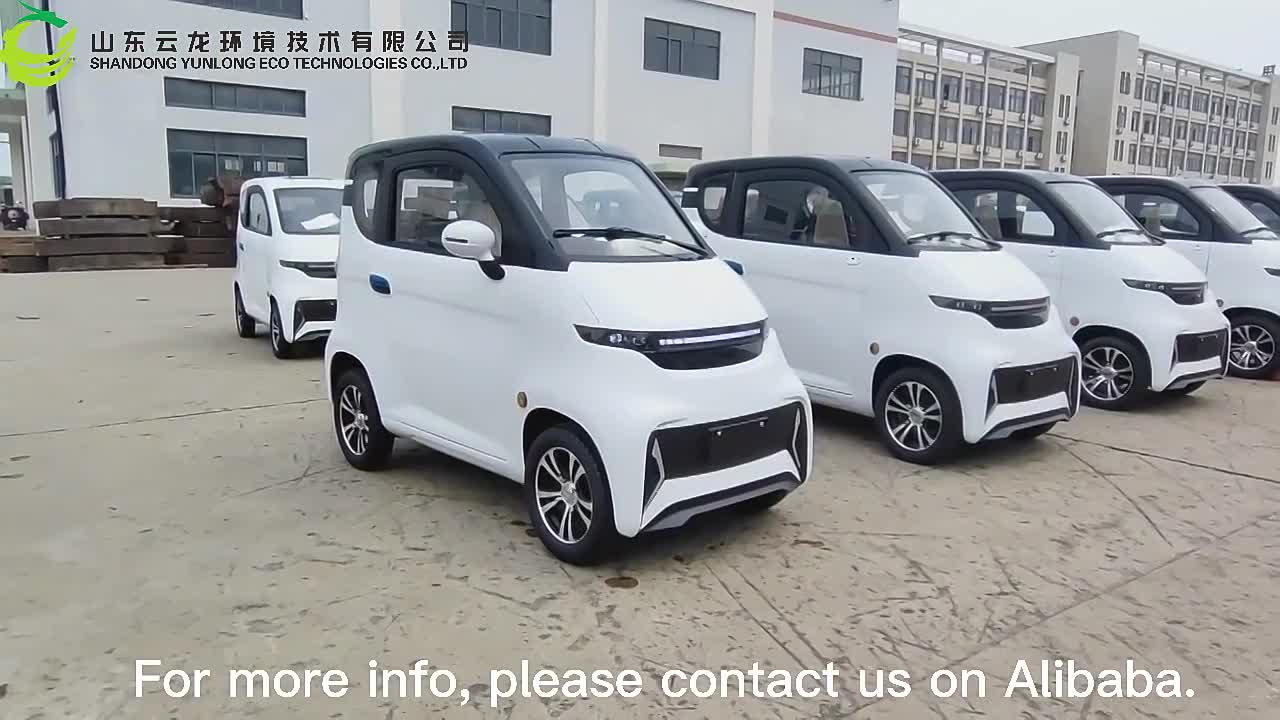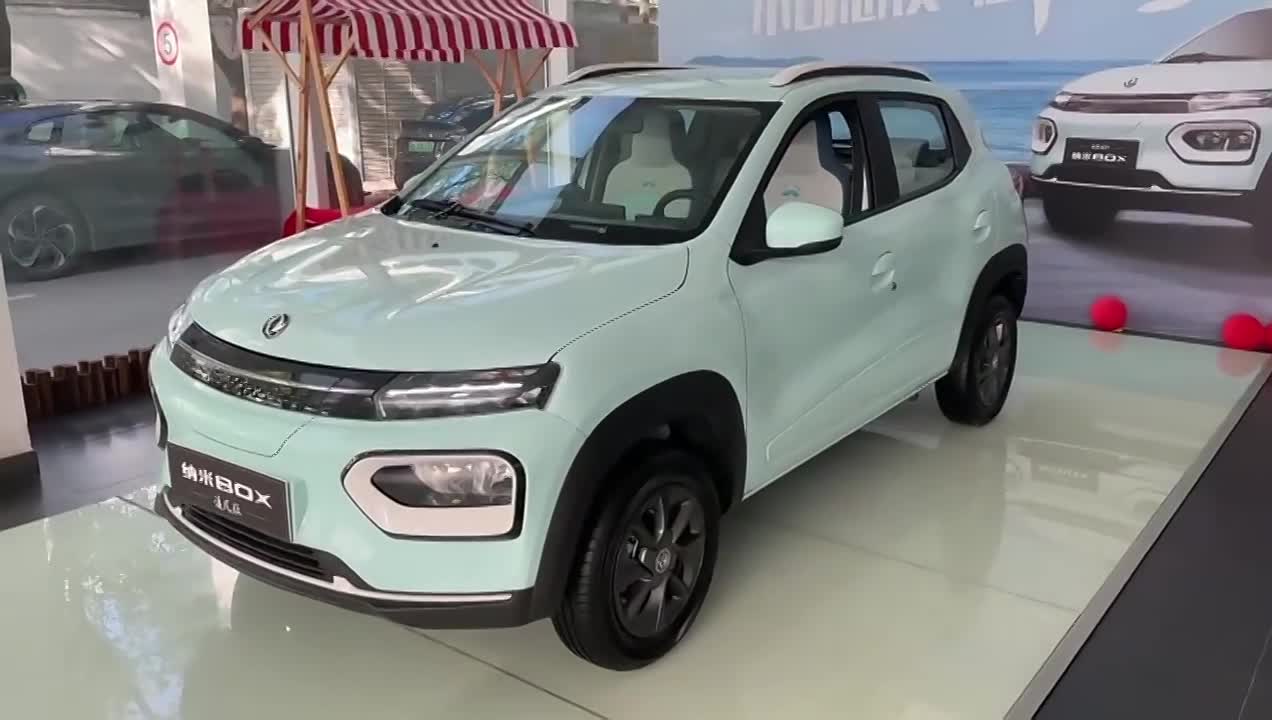Author: Philip Uwaoma
If you still think made-in-china equals cheap knockoffs of the real deal from Europe and America, you’re partially correct. If your idea of Chinese cars is the Great Walls and Landwinds of over a decade ago, then we understand your assumptions and you are yet to wake up to the BYDs, FAWs, and Lynk & Co of today. What hasn’t changed, though, is China’s decade-long position as the world’s largest automobile manufacturer, surpassing the USA, South Korea, Germany, France, Japan, and the UK by number of vehicles produced yearly. As of 2024, China's BYD surpassed America's Tesla for two years in a row by number of vehicles sold.
Churning out 24 million passenger cars a year to meet its biggest customer base – the Chinese domestic market, means Chinese automakers focused more on affordability than quality. The result is products like the Brilliance BS4, Landwind X6, and Great Wall pickup, all of which failed woefully in markets outside China. While China still makes cheap cars to serve its domestic and blossoming international markets, they aren’t made as cheaply as before, thanks to market demands and advances in technology.
Furthermore, cheap doesn’t necessarily mean bad. If that were true, the $455K Vector W8 wouldn’t have failed so spectacularly, and the $17K Mitsubishi Versa wouldn’t be America’s favorite small car. Car market trends like smaller engine displacements, the absence of a competing used car market, and government subsidies can crash vehicle prices, ultimately creating the impression of cheap cars.
In regions like China, where cars are manufactured in the same market they're sold, it's natural for their products to cost significantly less than those from regions with crippling shipping and import duties. If you like the idea of a no-frills N2 million new car that can efficiently take you from point A to point B, you might want to consider Chinese brands. Below are the 10 affordable new cars under N9 million in China.
Related Reading: The UK’s Most Affordable Electric Car, The ₦6 Million Ark Zero, Might Just Be The Perfect Commuter Car
1. Geometry “Geely” Panda Mini EV
- Price: ₦4.816 Million ($6,000)
You’re in luck because this impressively neat, quirky, and compact affordable city car from a reputable manufacturer with a global presence just entered production this year.
The 2023 Geome Panda is a $6,000 (around ₦5 million) 3-door, 4-seat all-electric hatchback that looks like a whelp of Japan’s Honda Element, which means you can be forgiven for calling it a subcompact C-SUV. Unlike the 3,000-lb, 70 x 70 Element, the Panda Mini is sized more like Japanese microvans such as Daihatsu Hijet.
Geely has built this car since 2022 under the Geometry independent sub-brand. Unveiled at a Hangzhou shopping mall in December 2022, the Panda Mini features a distinctive square design mirroring the Wuling Hongguang Mini EV, both of which seem to have borrowed more than a leaf from another Japanese brand, Nissan Cube.
The Panda’s design is marked by easy-on-the-eyes circular headlights and grille-less front fascia. The car officially entered production in February 2023, powered by Guoxuan Hi-Tech's LFP batteries.
The short-range variant covers a CLTC range of 75 miles, while the long-range version extends its reach to 125 miles, achieving a maximum speed of 62 mph. The long-range model features a 41-hp front motor and supports 22KW DC fast charging, enabling a rapid 30% to 80% battery charge within just 30 minutes.
2. Changan BenBen e-Star
- Price: ₦2.50 Million ($2,528)
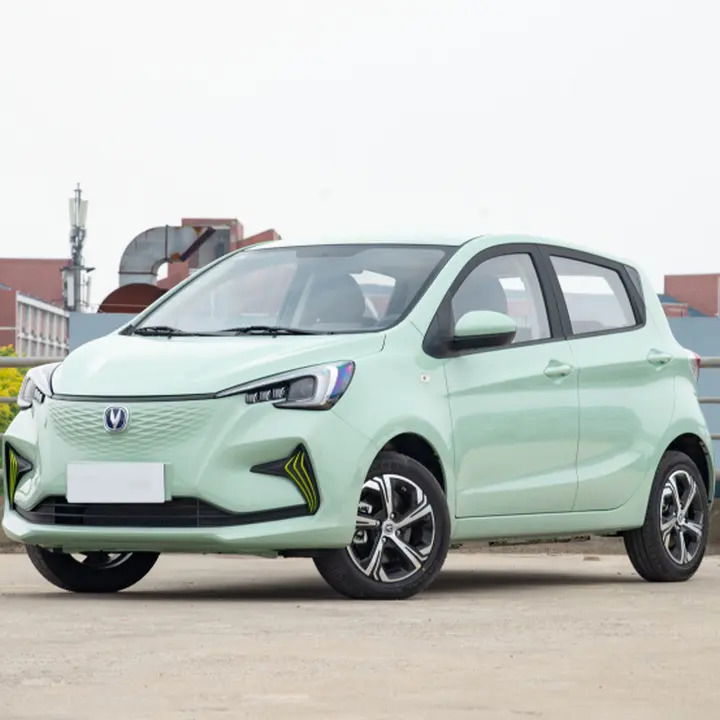
BenBen, which has been affectionately called BenBen Love and BenBen Mini, is one of, if not the cheapest passenger car money can buy, and it comes straight from the heart of China.
The Changan BenBen is a 5-door city car hatchback initially called BenBen 1, propelled by a 1.3-litre engine paired with a manual transmission to produce 84 horsepower and 81 lb-ft of torque. Undergoing a notable transformation in 2010, the model reemerged as the BenBen Love with redesigned grilles, bumpers, tailgate, and lamps.
The second-generation Changan BenBen II hit the Chinese market in 2014, offering an updated 1.4-litre engine delivering 100 horsepower and 100 lb-ft of torque. The automaker subsequently added a less-powerful 80-hp 1.2-litre engine. Then came the BenBen EV with 75 horsepower, 122 lb-ft of torque, and 78 mph top speed.
The EV variant would subsequently die but not before giving birth to the BenBen E-Star, featuring a 75-horsepower electric motor and an enhanced battery pack with a 32.2 kWh (116 MJ) capacity. This evolution gave the E-Star an extended NEDC range of 190 miles.
3. Yunlong J4
- Price: ₦2.248 Million ($2,800)
The automaker says the Yunlong J4 is a perfect city car for the elderly, offering a safe, comfortable, and pollution-free travel experience, and you don’t even need a driver's license to use it. Well, we all like a “comfortable, pollution-free travel experience,” and we’re not all septuagenarians.
Truth is this is a glorified scooter car with a proper cabin and EEC L6e homologation. That explains the “mono-posto” configuration and ultra-minimalist interior design. The J4’s propulsion power comes from a 60V58AH lead-acid battery that can keep going for 50 miles, which is just fine for short-distance errands.
The battery does its job with a 2000W high-speed motor powering the rear wheels, with the J4 leveraging the principle of differential speed to achieve a maximum speed of 25 mph. You should probably avoid highways with the J4, but the car’s 4-wheel disc brakes, safety lock, and hydraulic shocks should aid slip-free driving on wet city streets. Plus, you’re never speeding, anyway.
Looking inside, it’s immediately clear you don’t want to drive or be driven in this car for long distances. The automaker claims the seats are leather, but at a little over $2,000, we expect faux leather, at the most.
Also, what they called a high-definition dashboard is, well, a tablet with a hi-def screen propped up on the dash. We wouldn't have complained, even if the MP3 and reverse camera capability weren't included. This car looks really cool, does the job of people-moving efficiently, and costs less than most Americans' monthly pay.
4. Runhorse J2-F
- Price: ₦5.496 Million ($6,500)
J2-F is simply the model designation of this mini electric cargo van/pickup truck. It’s obviously a “sawed-off” version of the Yunlong J4 with a bed. Runhorse, the company that markets this vehicle, will even throw in customized branding for free, complete with custom logos and graphics if you order 10 or more.
They come with a car-share app capability that lets you monitor your fleet. The pricing also comes down from N5.4 million to 3.658 million ($4,000) per unit.
The company’s website says Shaong Jinma Holding Co., Ltd, the actual EV manufacturer behind this vehicle, was founded in 2001 and has 700 employees out of which 50 are senior engineers. They claim to have sold over a hundred thousand gas and electric vehicles to customers in more than 30 countries, including the USA, Mexico, Canada, France, and Germany.
Runhorse describes the J2-F as a last-mile delivery and logistics vehicle. It uses a lithium iron phosphate battery with a BMS system, providing a claimed 2,000 charging cycles, which translates to 8 to 10 years in a 20 to 80 °C working environment. It comes with a charger that lets you charge the vehicle at home, which takes up to 3 hours to get a full charge.
Like the Yunlong J4, the J2-F’s Spartan interior is a palace of plastic, but at least you get Bluetooth, USB, and reverse camera capabilities. They were also thoughtful enough to include power and volt meters.
If you run a supermarket, offer takeaway services, or run a business that requires short-distance hauling, the J2-F would be an affordable van for such light-duty transportation. This particular model is equipped with an insulated box to help with food delivery, like vegetables and fruits. It even comes in a completely knocked-down assembly to significantly cut customs and delivery fees.
Related Reading: Meet The Small But Mighty 500-Horsepower Telo Truck MT1, A New Electric Pickup By US Startup Company
5. BAW Polar Stone 1
- Price: ₦6.430 Million ($7,600)
The new off-road king 2024 Lexus GX 550 is estimated to start at roughly ₦65 million ($60,000), or you could get the 2023 BAW Polar Stone 1 (Jishi 1) for just ₦6.5 million instead.
Sounds too good to be true? We thought so too, especially since CarNewsChina reported the Stone 1 as starting at ₦38.4 million ($42,000) when the Chinese Ministry of Industry and Information Technology (MIIT) unveiled the “hardcore SUV” earlier this year.
So you can imagine the utter shock of seeing this luxury SUV offered for less than $8,000 on Alibaba by auto trader Chongqing Biulu.
Polar Stone 1 is as good as it gets, not just the killer looks but also the guts and neat cabin design. Imagine cruising Abuja streets in this SUV. So, unless you place an order and get a “we’re just kidding” reply from Chongqing Biulu, this might as well be the biggest deal of our collective auto-shopping lives.
Here are quick facts about the BAW Polar Stone 1: It’s a plug-in hybrid full-size SUV that looks like a cross between the British Land Rover Range Rover and the Japanese Lexus GX 550. The 3-row SUV rides on a 118.5-inch wheelbase to accommodate up to 6 passengers minus the driver.
The extended-range hybrid powerplant comprises a 1.5-liter turbo-4 gas engine mated to a single-speed gearbox, dual e-motors, and a 56kWh battery pack, producing a combined 476 horsepower and 546 lb-ft of torque and propelling the SUV to a 118 mph top speed.
The SUV can reportedly keep going for 146 miles on electric power only. Combined with the petrol engine, you get an impressive 693 miles of range, based on the WLTC protocol.
According to CarNewsChina, Stone 1 used to be known as Luo Ke – initially designed by Rox Motors, a company founded by Chang Jing, the chairman and founder of Roborock, a vacuum cleaner manufacturing company. Heading over to Alibaba? We'll be waiting in the comment section to hear all about it.
6. Lingbox “Lingbao” Uni
- Price: ₦3.450 Million ($4,078)
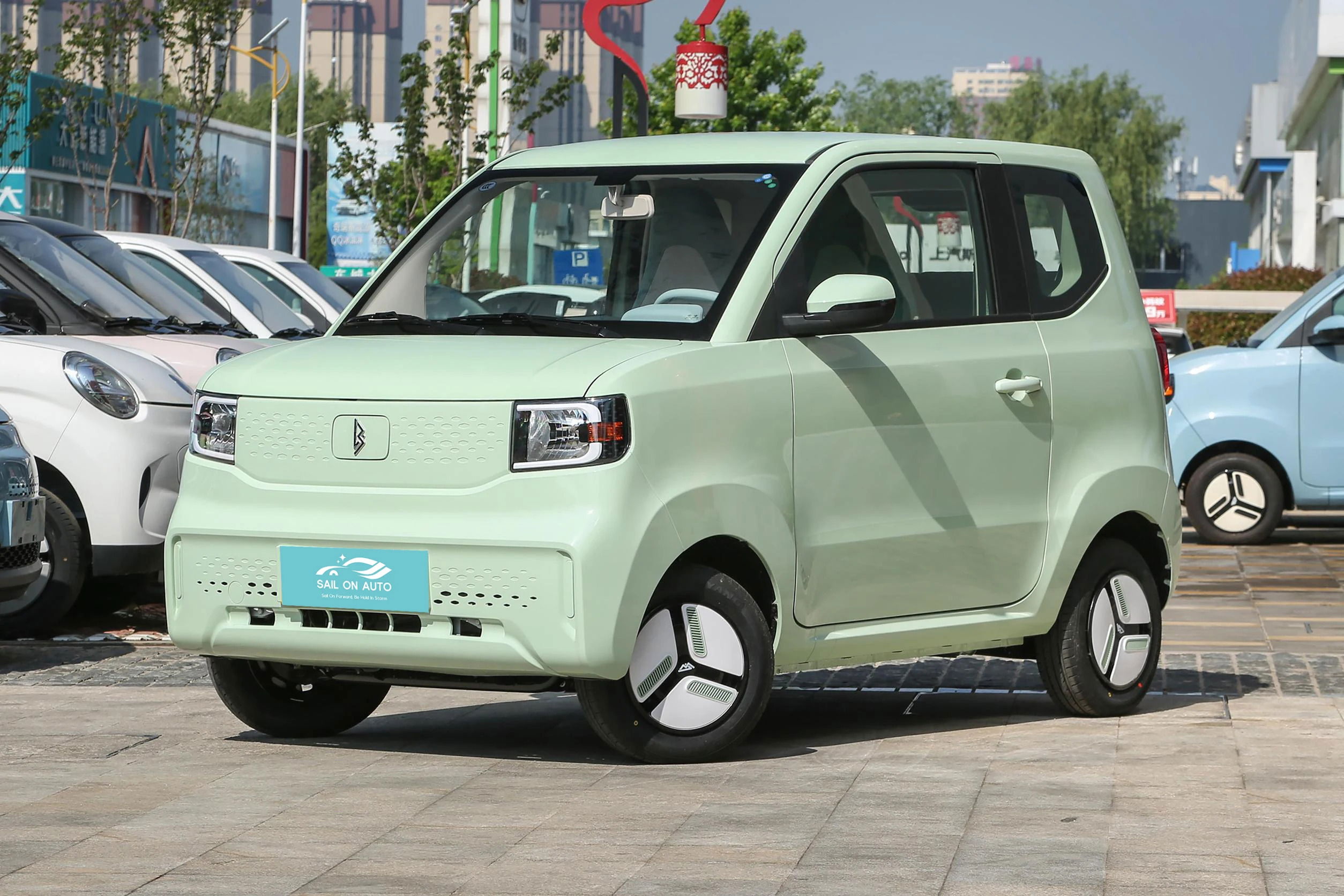
Since you actually get two seats up front (unlike the Yunlong J4 built like a repurposed tricycle), we suppose the Uni in its name refers to the single e-motor energized by an 11.52kWh lithium-ion phosphate battery to urge the rear wheels. Of course, “Uni” could mean something else in one of the several Chinese dialects.
Like the Panda Mini, the Lingbox Uni looks like a younger nephew to the Nissan Element, and we say that to be fair to this car and its manufacturer. It's either we call it a mini Element or address the obvious elephant in the room: the Lingbox Uni’s design is an obvious clone of another Chinese brand, Chery QQ Ice Cream.
Even the logo on the front fascia looks borrowed from the Bluetooth symbol. None of that should matter, anyway, as long as you’re getting a brand-new 4-seat electric hatchback for around ₦3 million.
As usual, the interior is a cheap plastic palace in bright color schemes that are actually soothing, if not chic. The optional infotainment system is a tablet propped up on the dash, which seems to be the norm for under $10k made-in-china cars. After all, Tesla does the same thing, right? Right?

About the QQ cloning thing we mentioned, the copy machine seems to have run out of ink by the time it got to Uni’s rear. Instead of the Cherry QQ’s slightly bulging behind, Uni gets a unique and prettier flat rear with oval taillights.

Also, riding on a 1,940mm wheelbase, the Lingbox Uni is actually 13mm longer, 24mm wider, and just 1 mm shorter than the Chery QQ. Ultimately, Uni is a budget-friendly little car worth considering by vehicle shoppers looking for budget cars.
7. Wuling Hongguang Mini
- Price: ₦3.430 Million ($4,056)
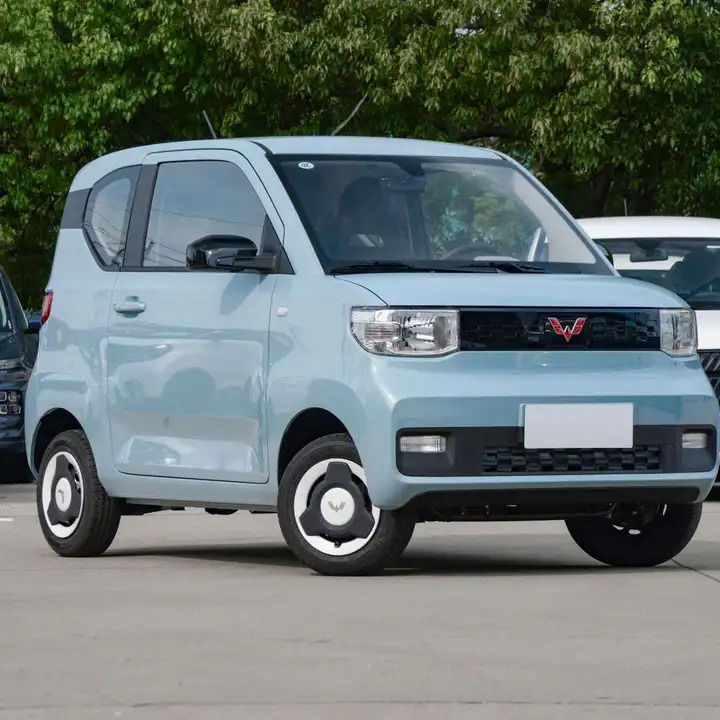
No, they aren’t the same car. Wuling’s Mini EV and the Lingbox Uni look like they got printed at the same factory (which is okay and doesn't make them the same), but they aren't the same car. They have obvious slight variations in their exterior and interior designs.
When you compare the two, you can immediately tell who’s cloning the other. In fact, there are several other copycats besides the Lingbox Uni, which has been attributed to the Wuling Mini’s phenomenal market success.
We’re not surprised that the Mini sold far more units in China than Tesla’s Model 3. What else do you expect in a market like China when the Mini costs less than adding the humidor glove box option on a Rolls-Royce or Apple CarPlay to a Ferrari?
What we're surprised to learn is that GM owns a 44% stake in Wuling, making the American automotive giant the second-largest shareholder after SAIC in the China-facing brand.
WIRED noted that the Mini parts are “largely off-the-shelf and consumer-grade, rather than automotive grade,” hinting at a tendency for the car to have reliability issues. However, the other side of that same coin means the problems will be cheaper to fix.
Wuling’s Mini looks sleeker than the Lingbox inside and out and even comes with daylight running lights. The logo doesn’t look like a lazy play on a popular tech symbol, and the taillights are rectangular instead of oval.
That said, there’s not much else to differentiate the Wuling Mini EV from the Lingbox Uni. The inside looks just as Spartan with a slightly better dash layout, depending on whom you ask. The lithium-ion phosphate battery provides 106 miles of pure electric range after a 9-hour slow charge time.
8. OG G-MG
- Price: ₦4.650 Million ($5,500)
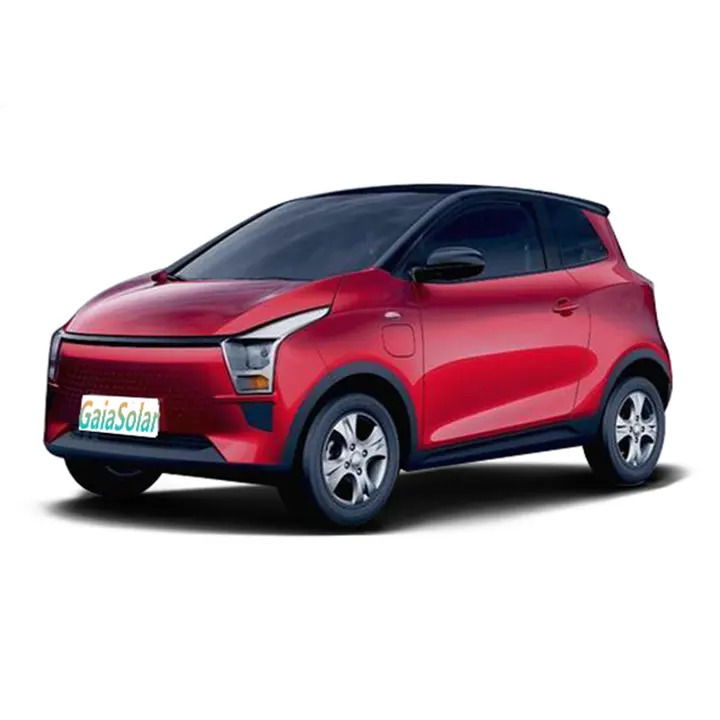
You have to hand it to the Chinese, though. The shameless copycatting of other people’s work to the point where the untrained eye might have trouble telling which one is the original. Of course, this isn’t the 2023 Chevrolet Bolt EV. This is a careful replica– the OG G-MG China-made car by an alternative energy company called Gaia.
China knows how to walk the line without crossing the border into copyright infringement territory. Be as it may, Chinese manufacturers have battled numerous trademark lawsuits from the “real deals,” including Jaguar and Tesla. Tesla won $700,000 from one such case, and you could “win” this Bolt lookalike for just ₦4 million, a far cry from the $27,495 (₦25.144 million) starting MSRP for the 2023 Chevy Bolt EV 1LT base trim.
The OG G-MG is an all-electric 4-seat compact car powered by a 20kw motor energized by a 230W solar cell-type battery driving the rear wheels. The wheelbase is 2,260 mm, and the curb weight is 1,200 kg.
We haven't seen the inside of this car, which makes us wonder what they're hiding. No matter what, it can't be worse than what we've seen so far. After all, some high-end golf carts cost more than the price of this car, and you don’t even have to pay for gas or electricity.
9. Dongfeng Nano Box
- Price: ₦5.919 Million ($7,000)
At this point, everyone, including the auto industry, might as well get comfortable with Chinese clones of Western designs and technology. We can’t ignore them either since they're getting just as good as the original.
BYD, for example, obviously borrowed more than a leaf from Tesla, but the Chinese company is today considered the closest thing to a true Tesla competitor. What does that tell you? BYD is that good. Similarly, just one look at the Nano Box and you already know it’s the Chinese version of the Dacia Spring Electric 45.
However, while Renault’s Dacia Spring starts at ₦20.393 million ($22,300), the Dongfeng Nano Box retails for just around ₦6 million. At least Dongfeng didn't have to look far this time since Renault made the Spring C-SUV in China’s Hubei Province. Actually, the Dongfeng/Renault connection is even closer than that.
The Chinese carmaker already manufactured several Renault models for its home market under the Dongfeng Renault Automobile Company joint venture. Dongfeng rebadged and sold these vehicles, such as the Renault Kwid, in the Chinese domestic market. The Dongfeng Nano Box is simply the latest entrant to the fold, riding on the Dacia Spring and Renault City K-ZE’s platform.
While the Nano Box borrowed plenty of body parts from the City K-ZE, the interior, specifically the dash, is all new, complete with a 7-inch digital instrument cluster and 10-inch landscape-oriented infotainment touchscreen. Like most of the cars we've discussed so far, the screens look propped up on the dash, but the overall aesthetic has a superior quality in comparison.
For propulsion power, the Dongfeng Nano Box relies on a 27.2 kWh battery energizing a 44-hp e-motor urging the front wheels with 92 lb-ft of torque. The electric powertrain can keep the vehicle going for a good 206 miles, whereas the Dacia Spring it modeled on is good for 140 miles. Dongfeng says the battery can be fully charged in 4 hours.
10. Gaia X8
- Price: ₦3.881 Million ($4,600)
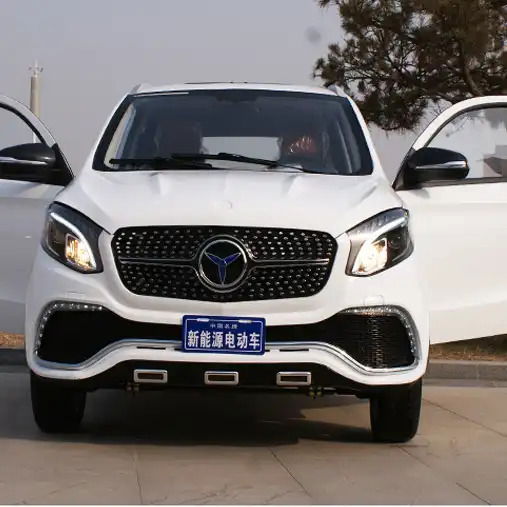
If you squint just hard enough, you might see the Mercedes-Benz GLA-Class staring back at you instead of the Chinese-made Gaia GBZ-X8 or just the Gaia X8. The GBZ-X8 is actually short for G-Benz X8. The cheeky bastards, right? You could also see the same car with Gaia’s OG logo.
In any case, Mercedes-Benz wouldn't even bother suing Gaia for this seemingly blatant rip-off, as the X8 has nearly nothing else in common with the Mercedes besides the “photocopied” front fascia, complete with the brazen three-pointed star logo on the front grille.
Unlike the GLA, Gaia’s GBZ-X8 is 136 inches long, 61.1-inch wide, and 64.2-inch tall. It weighs a paltry 800 kg and can accommodate up to five passengers. As is the case with Gaia products, the X8 is a solar-powered compact EV available in several eye-catching colors.
Look past the pitiful attempt to clone the GLA Mercedes, and you might actually appreciate this car for its less than ₦4 million value proposition. It uses a 4KW AC asynchronous motor propelling the vehicle to a humble 32 mph top speed. With the battery fully charged, the X8 can keep going for over 93 miles, which should be enough for a daily city runabout.
Frankly, the interior is disappointing. You'd expect a Mercedes wannabe to have at least a wannabe Mercedes cabin. Instead, the best Gaia could do include a defrosting system, central door lock, anti-glare rearview mirror, LED daytime running lights, LED dash, and sunroof. Navigation, air conditioning, and range extender are optional features that come at an extra cost, ranging from ₦183,000 to ₦320,000 ($200 to $350).

